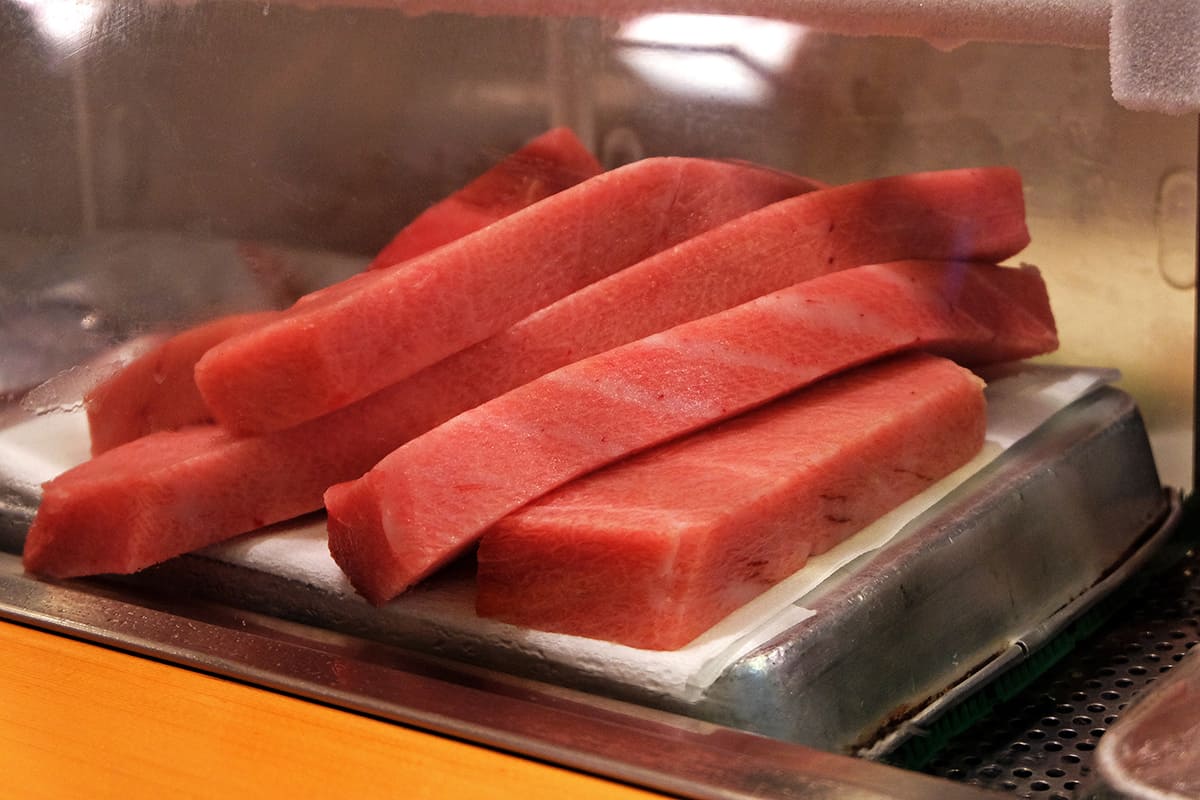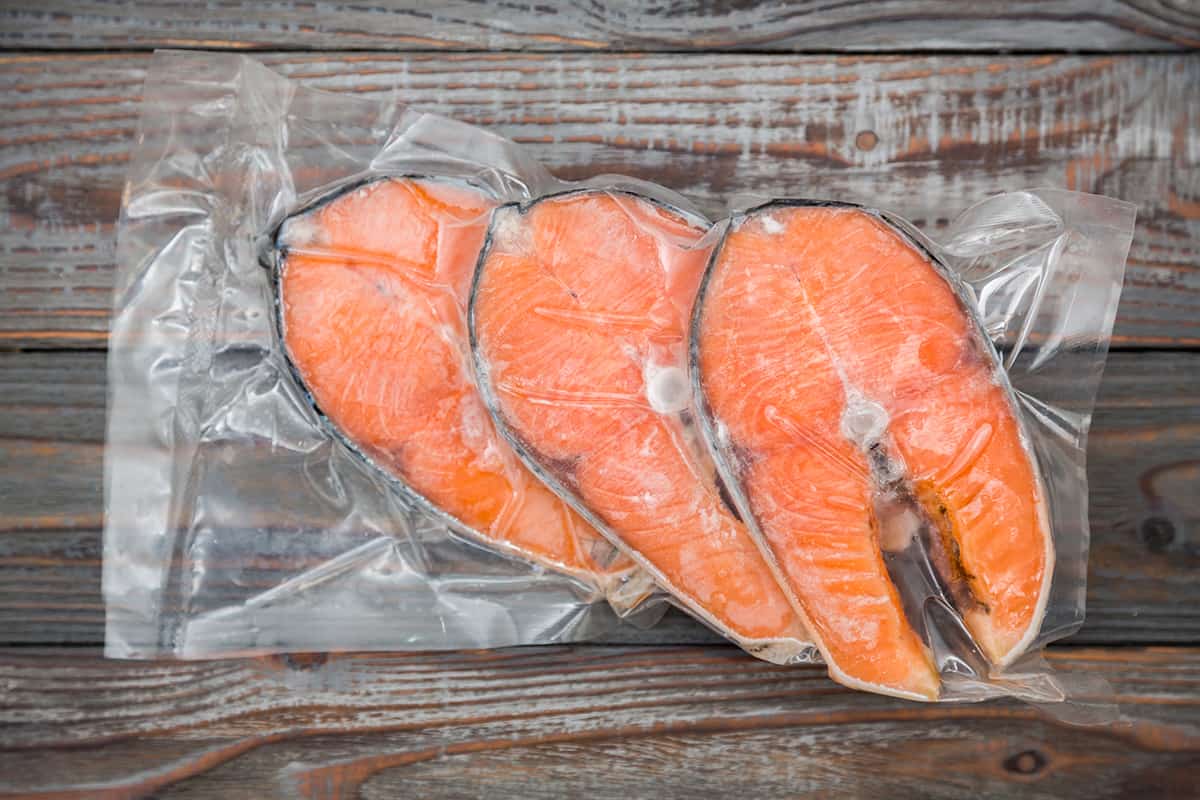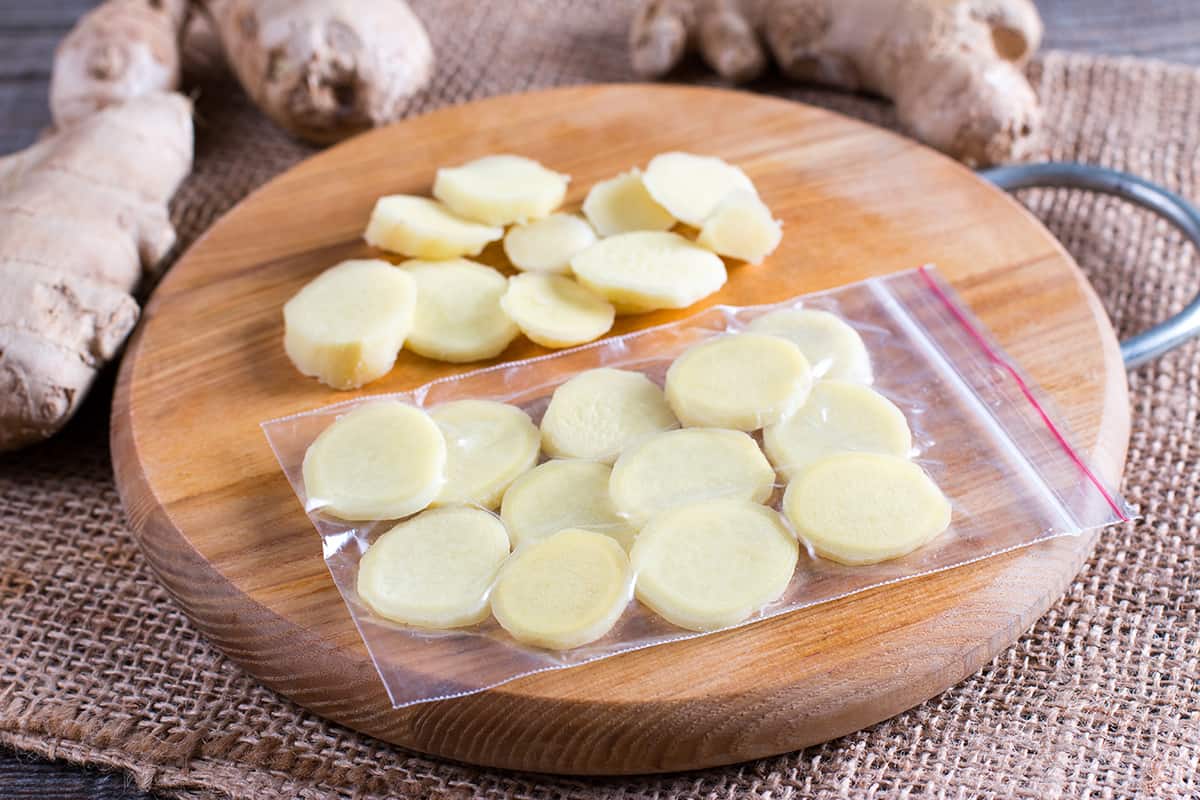Tuna is a versatile and healthy protein option, but like any sort of fish, you should make sure it’s still good before popping it into your mouth. So, how long does tuna typically last in the fridge?
Here are the typical lifespans of tuna in the fridge:
- Fresh tuna—2-3 days
- Canned tuna —5 years unopened, 3-4 days opened
- Vacuum-sealed or frozen tuna—6 months vacuum sealed, up to 2 days thawed and opened
- Smoke and dried tuna—up to 3 months
- Tuna salad—3-5 days
- Sushi and sashimi—1-2 days
- Tuna casseroles and cooked tuna dishes—3-4 days
Below, we’ll provide more in-depth explanations of the typical lifespans of tuna in the fridge, as well as provide a few tips on how you can preserve your tuna’s freshness for longer.
1. Fresh Tuna (2-3 days)

Fresh tuna is a delicious and healthy option for meals. To keep it fresh, you need to store it properly. When you buy fresh tuna, put it in the fridge right away. Wrap it with plastic wrap or foil, and place it on a plate or tray to catch any liquid. Fresh tuna should be stored in the coldest part of your fridge, usually near the back. It’s important to use fresh tuna within one to two days of buying it.
To check if it’s still fresh, look for a firm texture, a bright color, and a mild smell.
2. Canned Tuna (5 years unopened, 3-4 days opened)
Canned tuna is a popular choice for easy meals. It has a long shelf life and can be stored in your pantry for up to five years. After opening a can of tuna, transfer the remaining tuna to an airtight container and store it in the fridge. Opened canned tuna should be used within three to four days.
To see if canned tuna has gone bad, look for any unusual smells, flavors, or changes in texture. If you see any of these signs, it’s best to throw the tuna away.
3. Vacuum-sealed and Frozen Tuna (6 months unopened, up to 2 days thawed and opened)
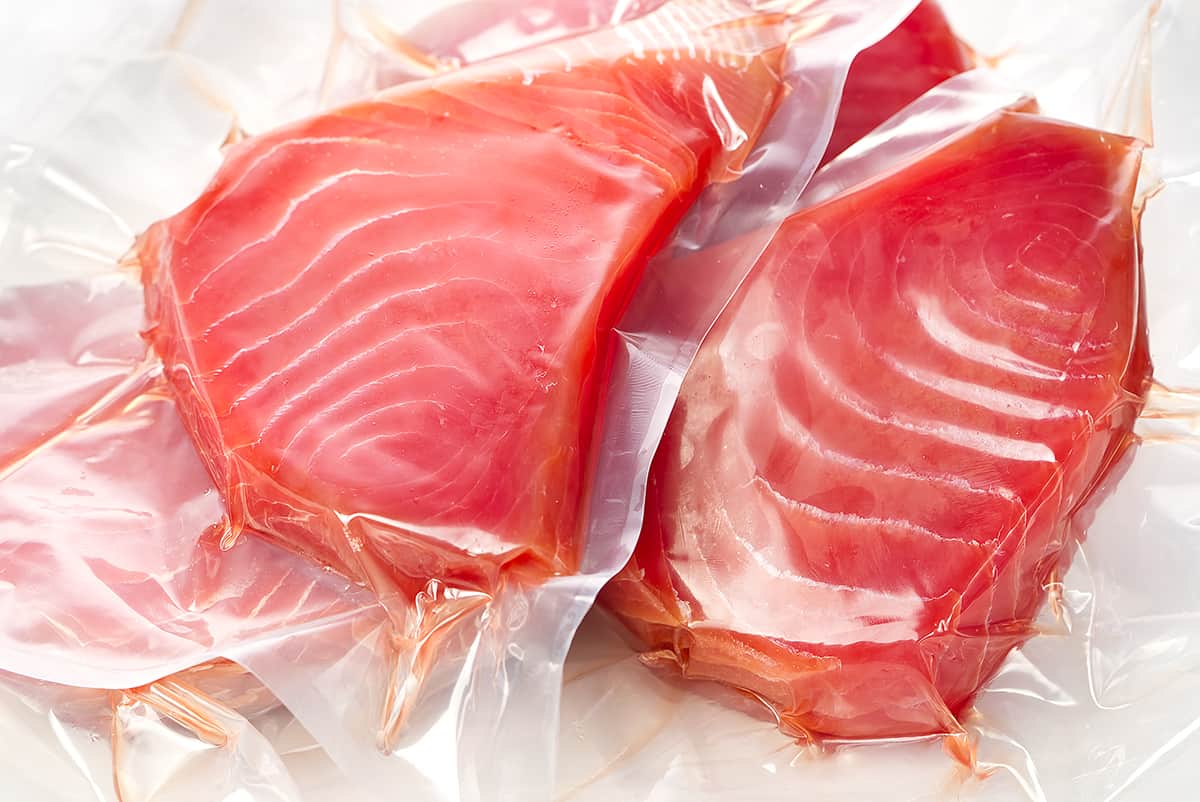
Vacuum-sealed and frozen tuna can be stored in the freezer for up to six months. When you’re ready to use it, thaw it in the fridge overnight. Once it’s thawed, use it within two days. Vacuum-sealed tuna can be stored in the fridge for up to two weeks if it’s still sealed.
To check if frozen tuna has gone bad, look for freezer burn, a strong smell, or changes in color. If you find any of these signs, it’s safer not to eat the tuna.
4. Smoked and Dried Tuna (up to 3 months)
Smoked and dried tuna are tasty ways to enjoy tuna with a longer shelf life. These types of tuna can be stored in a cool, dry place like a pantry for up to three months. After opening, store them in the fridge in an airtight container.
To check for spoilage, look for mold, off smells, or changes in texture. If you see any of these, throw the tuna away.
5. Tuna Salad (3-5 days)

Tuna salad is a tasty dish that combines tuna with other ingredients. To keep it fresh, store it in an airtight container in the fridge. Tuna salad should be eaten within three to five days.
To check if it has gone bad, look for a sour smell, a change in texture, or any mold. If you see these signs, don’t eat the tuna salad.
6. Sushi and Sashimi (1-2 days)
Sushi and sashimi are raw tuna dishes that should be eaten soon after they are made. To store them, wrap them tightly in plastic wrap and place them in the coldest part of your fridge. Sushi and sashimi should be eaten within 24 hours (48 hours at most).
To check if they have gone bad, look for a strong smell, slimy texture, or any discoloration. If you see these signs, it’s best not to eat sushi or sashimi.
7. Tuna Casseroles and Cooked Tuna Dishes (3-4 days)
Tuna casseroles and cooked tuna dishes are great for meal planning. To store them, place them in an airtight container and store them in the fridge. Cooked tuna dishes should be eaten within three to four days.
To check if they have gone bad, look for a bad smell, changes in texture, or any mold. If you see these signs, don’t eat the dish.
Summary Table
| Tuna Dish | Typical Lifespan in the Fridge |
| Fresh tuna | 2-3 days |
| Canned tuna—unopened | 5 years |
| Canned tuna-opened | 3-4 days |
| Vacuum-sealed and frozen tuna—unopened | 6 months |
| Vacuum-sealed and frozen tuna—thawed and opened | Up to 2 days |
| Smoked and dried tuna | Up to 3 months |
| Tuna salad | 3-5 days |
| Sushi and sashimi | 1-2 days |
| Tuna casseroles and cooked tuna dishes | 3-4 days |
Best Practices for Extending Tuna Shelf Life
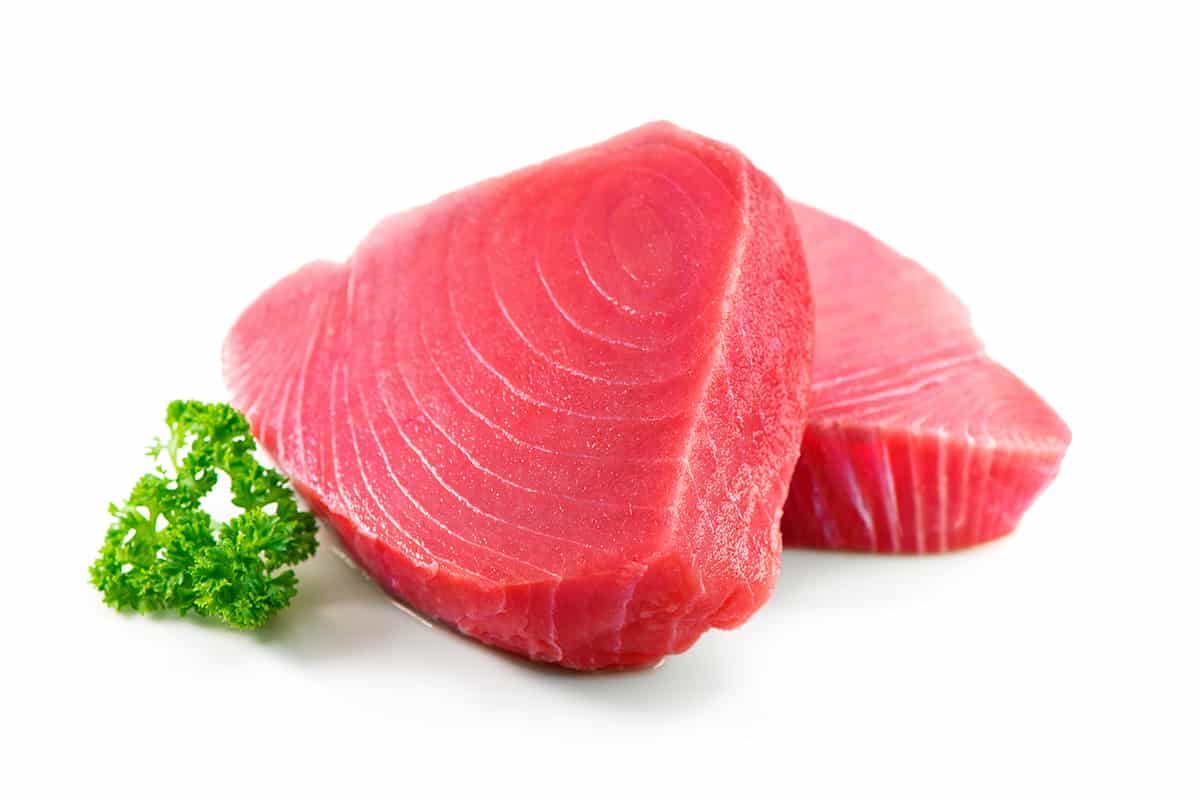
The figures mentioned above are just rough estimates that you may be able to beat if you try the following.
Tips for maximizing tuna freshness
- Buy fresh—Choose fresh tuna with a bright color, firm texture, and mild smell.
- Store properly—Keep tuna cold by storing it in the coldest part of your fridge, usually near the back. Use plastic wrap or foil to cover fresh tuna and place it on a plate or tray.
- Use containers—Transfer opened canned tuna or tuna dishes to airtight containers before storing them in the fridge.
- Freeze if needed—Freeze fresh tuna or vacuum-sealed tuna if you won’t use it within a few days to preserve its freshness.
Organizing your fridge for optimal tuna storage
- Designate a spot—Choose a specific area in your fridge for storing tuna, ideally in the coldest part.
- Keep it separate—Store raw tuna away from other foods to avoid cross-contamination.
- Label and date—Label and date containers with tuna dishes, especially if you’re meal-prepping or storing leftovers, to help you remember when they were made.
- Monitor temperature—Check your fridge’s temperature regularly to make sure it stays between 32°F and 40°F, as this range helps slow down bacteria growth and keeps your tuna fresh for longer.
